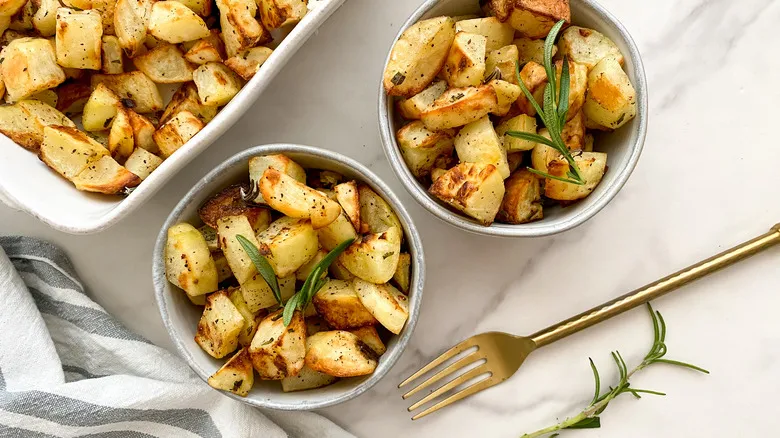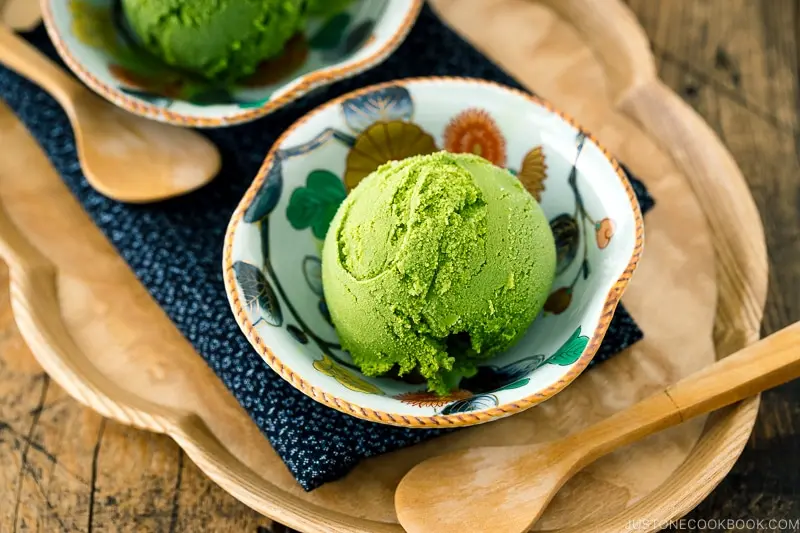First steps

The initial step in preparing a steak is one that may not immediately come to mind, yet it is arguably the most crucial: choosing the right cut of meat. "The top options are strip steak, rib steak, and skirt steak," explains Lomonaco. "My personal favorite for grilling is a thick-cut 1½-inch Prime Rib Steak on the bone. This cut is consistently juicy and flavorful, with its marbling enhancing the overall taste experience, and its natural tenderness is always unforgettable."
If you're cooking for a larger group, he suggests flank steak, the traditional choice for fajitas, as it cooks quickly and is significantly more tender than other larger cuts like London Broil or Chuck. However, Lomonaco advises beginner grillers to practice with these more affordable cuts while they develop their skills before moving on to pricier options like rib steaks and strip steaks.
When it comes to purchasing steaks, Lomonaco doesn't place as much emphasis on beef grading as some other chefs do. The USDA categorizes beef into three grades: select, choice, and prime. Prime represents the highest quality cuts, typically characterized by rich marbling, but it comes with a much steeper price tag, especially for sought-after cuts like New York strip and ribeye steak. Nevertheless, Lomonaco believes that the most expensive cuts aren't always necessary. "Choice rib steak," he asserts, "should satisfy even the most discerning diner."
Preparing your meat and your grill
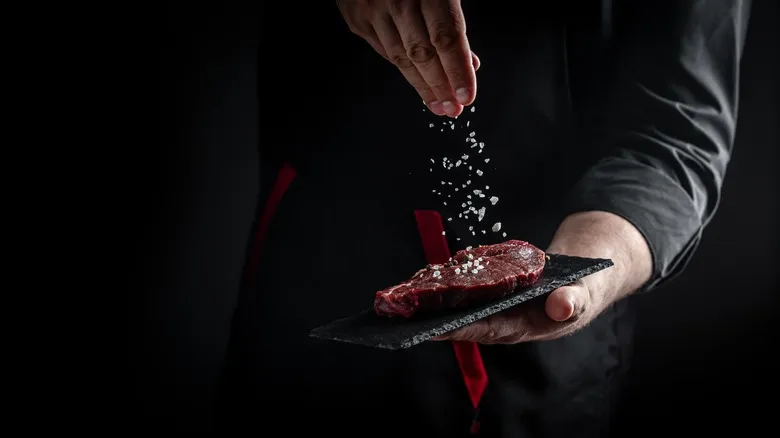
How you prepare your meat is just as crucial as selecting the right cut. First, ensure your steak is ready to cook before firing up the grill. Lomonaco highlights the significance of allowing your meat to reach room temperature prior to cooking. "If you take it straight from the fridge to the grill, the center of the steak will be ice-cold, disrupting your cooking process. I suggest letting it sit for about 10 minutes at room temperature to avoid over-charring the exterior while trying to achieve your desired internal doneness."
When it comes to seasoning, Lomonaco advises simplicity. "Season your steaks with only coarse salt. A well-seasoned steak is best with just salt, as pepper can burn." While marinades and wet rubs can add extra flavor, especially to lean cuts, they can complicate the cooking process. "Be cautious with wet rubs and marinades, as they can flare up and burn before your steak is fully cooked," Lomonaco warns.
Preheating the grill is essential, whether you're using charcoal, wood, or gas. "Close the lid on the gas grill and heat it to 800 degrees Fahrenheit. Make sure your briquettes are nice and white with ash, and your wood chunks should be glowing red-hot before you start grilling," Lomonaco recommends. It's also important to clean the grill after each use, as "the first principle of great grilling technique is to begin with a clean grill."
Individually, each of these preparatory steps may seem minor, but when combined—choosing the right cut of meat, using the right seasonings, and properly preparing the grill—they will help you achieve a fantastic steak.
Recommended
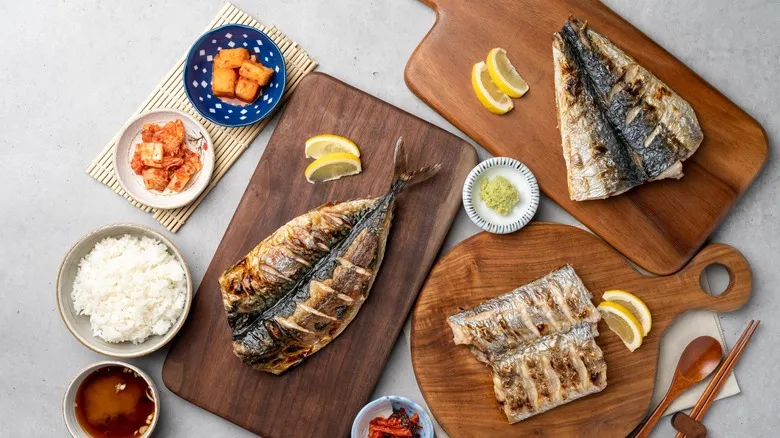
Stop Fish From Sticking To The Grill For Good With One Ingredient
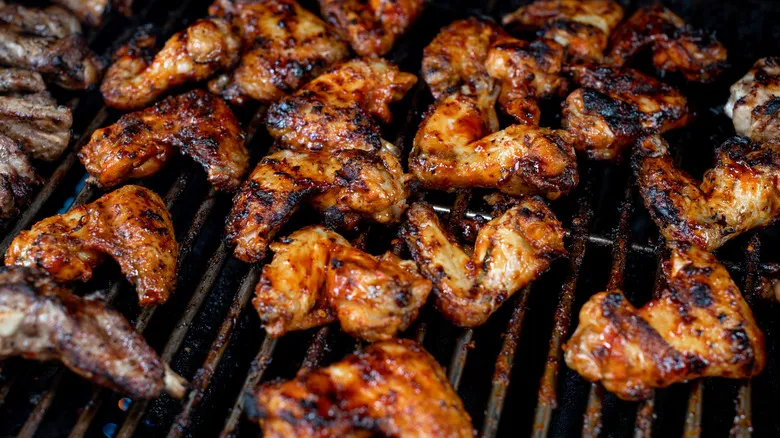
Treat Your Gas Grill Like An Oven For The Best Possible Chicken Wings

How Do Iced Coffee And Cold Brew Differ In Taste?

The Absolute Best Type Of Fish To Grill, According To An Expert
Next up


